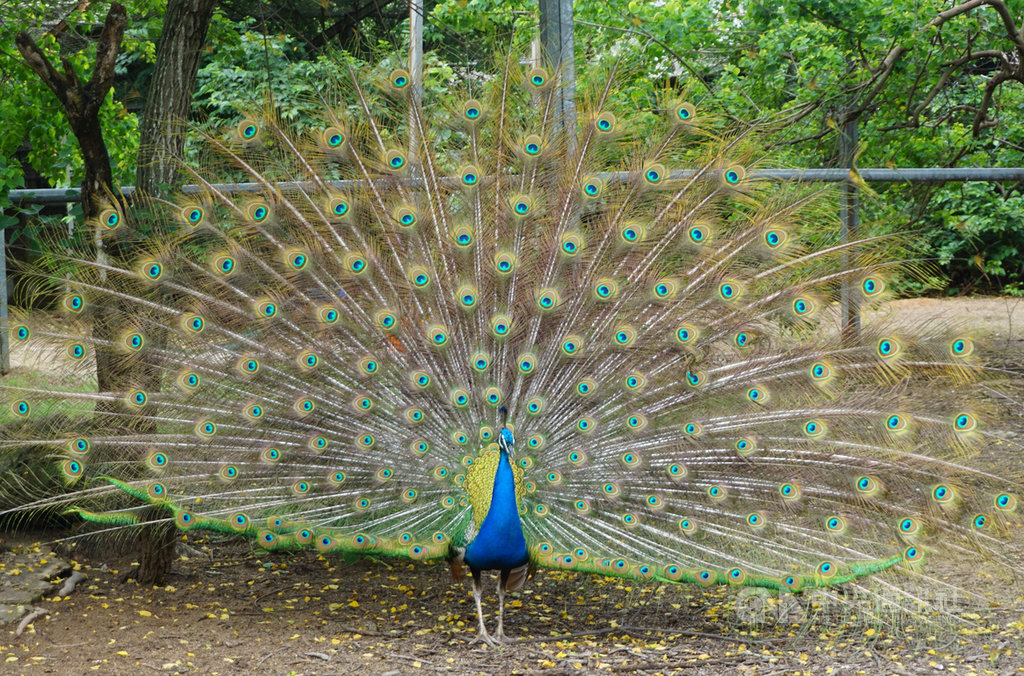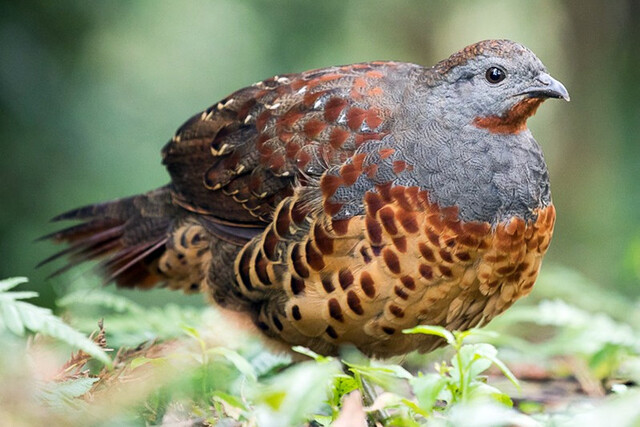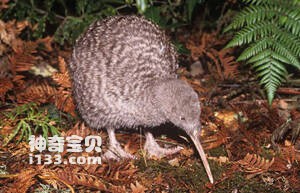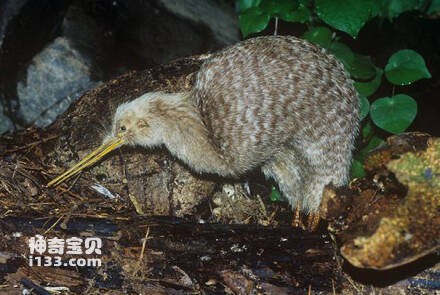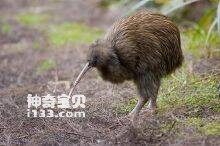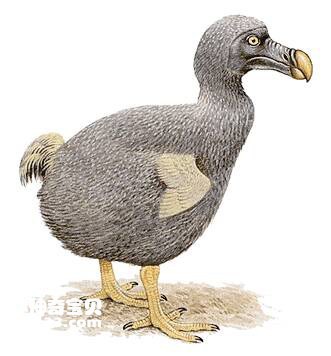Polyplectron napoleonis
IUCN
LCBasic Information
Scientific classification
- name:Polyplectron napoleonis
- Scientific Name:Polyplectron napoleonis,Palawan Peacock-pheasant
- Outline:Landfowl
- Family:P.Genus P.family
Vital signs
- length:50-60cm
- Weight:No textual research information is available
- lifetime:No textual research information is available
Feature
It is the most peacock-like pheasant of the genus.
Distribution and Habitat
The Palawan peacock is endemic to the Philippines and is found in the humid forests of Palawan.
Appearance
The Barawang peacock is the most peacock-like pheasant of the genus.
The male has an upright crown, white markings on the eyes, and a metallic green and black body. The tail feathers have large blue-green eye spots that can unfold into a fan shape when showing love.
The female is smaller than the male. The female is dark brown with a short crown and a white throat, cheeks, and eye sockets.
Details
Polyplectron napoleonis (formerly Polyplectron emphanum), also known as the Palawan peacock pheasant, is a medium sized pheasant. Specific habits are unknown.

Due to continued habitat loss, low numbers and limited distribution, as well as hunting, the Barawang peacock is classified as vulnerable by the IUCN and protected under Appendix I of the Convention on International Trade in Endangered Species of Wild Fauna and Flora (CITES).
Protect wild animals and eliminate wild meat.
Maintaining ecological balance is everyone's responsibility!

